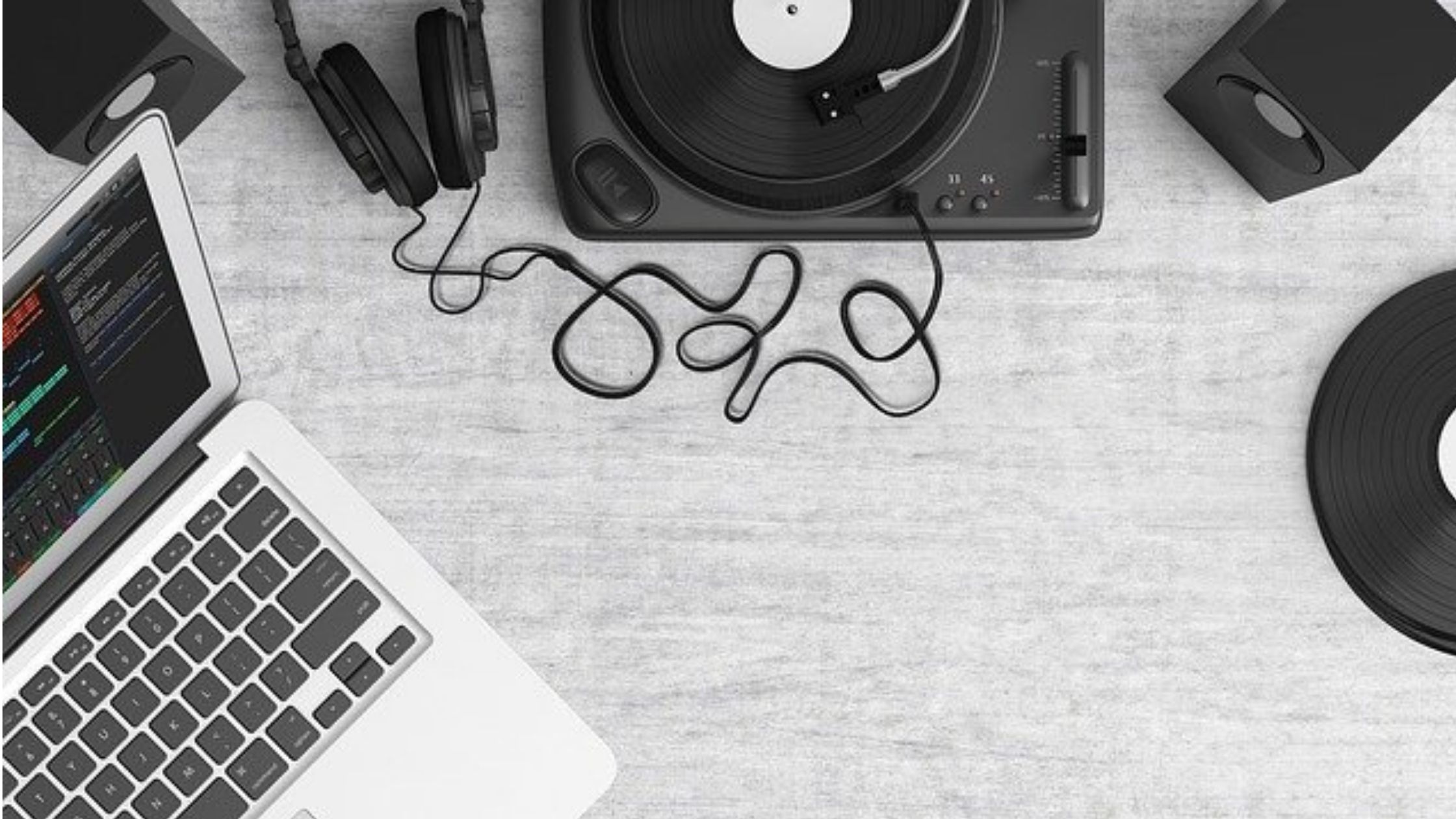Technology is everywhere. It is hardly possible to think of anything that has not been influenced by it. And, so is true for the art of music too.

From music transmission to preservation, performance, and composition, everything has undergone alteration in the twentieth century.
The changes are so profound, that we hardly listen to any musical sound that has not been touched by technology. For example, church organs make use of synthesized or sampled sounds rather than actual pipes to make the music.
Though technology is changing the essence of music, many musicians still do not prefer it.
The advent of recording was the first music technology
Did you know the first sound recorder was invented by Thomas Edison in 1877? It was called a phonograph and looked like a cylinder. A horn attached to a diaphragm collected the sound which created vibrations. A stylus is attached to the diaphragm that moved and pressed grooves on the crude cylinder. Notably, the grooves were carved on a coating of tin or wax, which were then reproduced to create music.
By the end of the nineteenth century, recording totally shifted to magnetic discs. And this w as followed by tape recorders, which created huge ripples within the music industry. The music could now be recorded, altered, and even reproduced without needing a huge and bulky setup.
Notably, around the same time, microphones were also invented. Although today several of the musicians seek a microphone upgrade, the core essence still remains the same. To record the sounds produced for composing acoustic pieces. Moreover, creating mixes containing many instruments often create distortions in the sound. And these distortions can be easily removed by using individual microphones for every instrument.
The sly introduction of electronic instruments
Although electricity has been used for creating sounds and music since the early eighteenth century, it was not until 1906 that the first successful electronic instrument was created.
In 1906, lee De Forest invented the first triode vacuum tube. Notably, it was these tubes that allowed composers and musicians to create circuits for oscillating waveforms. Between WWI and WWII, electronic instruments made their way into the mainstream music industry.
For example, ins truments that created sounds by striking hammer to the strings were the first ones. These vibrations were then altered and modified (amplified) with the help of triodes. And then followed the instruments that created waveforms electronically. In other words, the music originated due to the circuits and not due to striking, plucking, or hammering of any sort.
The era of electronic music
Today, almost every piece is either modified or completely composed electronically. Thanks to the inception of electronic music i nstruments. Over time, the transition from acoustic to electronic also gave rise to an all-new genre of music. And we know it as electronic music, or EDM, today.
Composing, modifying, and even compression and expansion of the existing music timespan are some of the most common practices in modern electronic music. With electronic gadgets and tools, differentiating between old and new pieces is hardly possible.
What the future may hold?
Of course, the art of music is witnessing a complete overhaul in all areas. From composition to moderations, there’s a lot that has changed the essence of music. And surely, there’s more to come. We’ll be gladly holding on to our pillars and wait humbly to witness more changes come across this industry.
